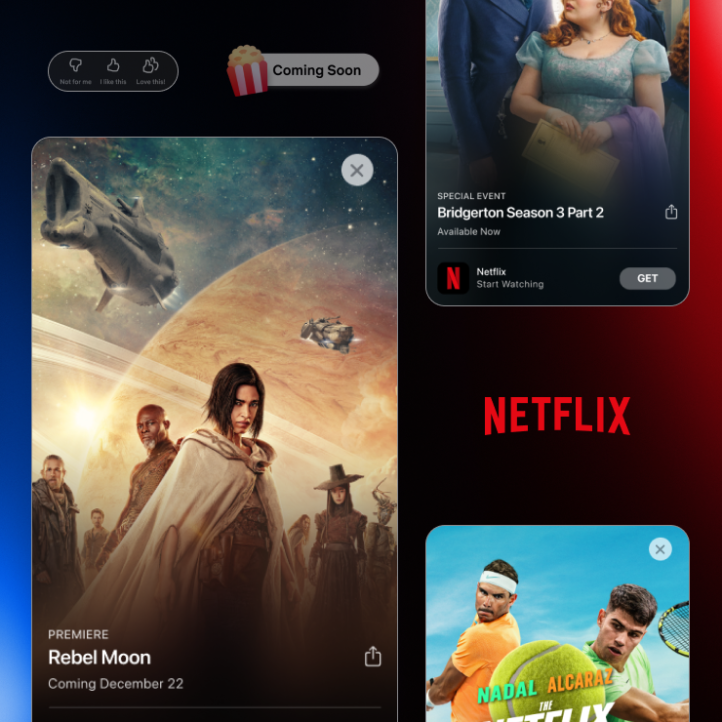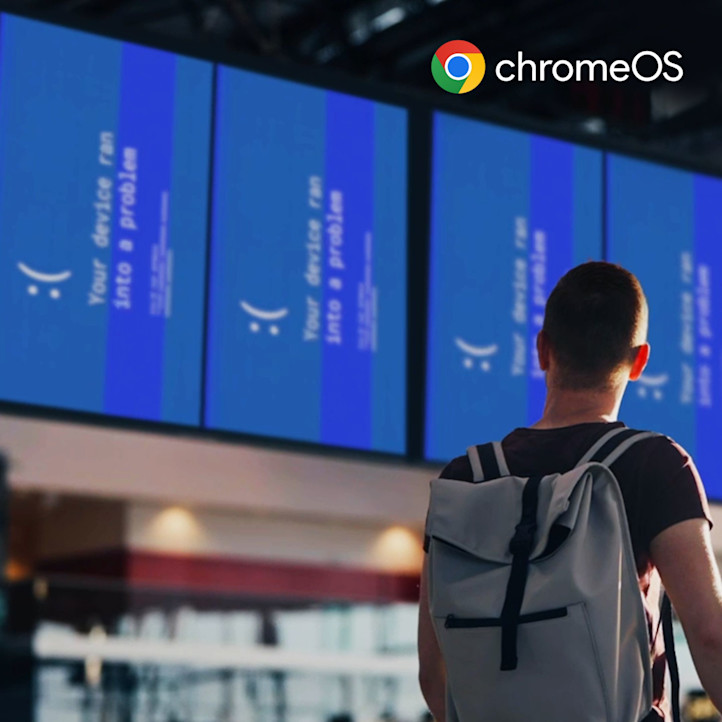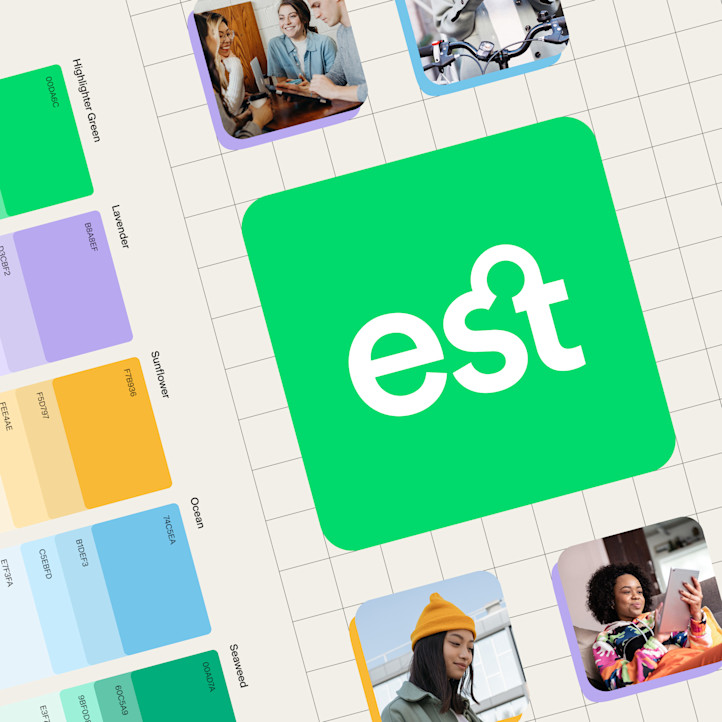Product & Brand Campaigns
Design, Motion & Illustration
Emerging Tech Innovation
Brand Stewardship
Netflix
Product & Brand Campaigns
Social & Content Marketing
Design, Motion & Illustration
Messaging & TOV
Localisation
Gemini
Product & Brand Campaigns
Strategic Positioning
Design, Motion & Illustration
Jio
Product & Brand Campaigns
Social & Content Marketing
Strategic Positioning
Localisation
EON
Product & Brand Campaigns
Always-on Comms Support
Social & Content Marketing
Design, Motion & Illustration
Netflix
Product & Brand Campaigns
Social & Content Marketing
Always-on Comms Support
Design, Motion & Illustration
Product & Brand Campaigns
Design, Motion & Illustration
Brand Stewardship
Social & Content Marketing
Earnest
Brand Stewardship
Identity Toolkits
Always-on Comms Support
Design, Motion & Illustration
Samsung
Product & Brand Campaigns
Social & Content Marketing
Design, Motion & Illustration
Brand Stewardship
Localisation
Always-on Comms Support
Design, Motion & Illustration
Brand Stewardship










